If you’re putting in the work at the gym but not seeing the muscle growth you expect, your workouts may not be the issue—it could be your approach to protein. Protein is the cornerstone of muscle repair and growth, but even minor missteps in consumption can hinder your progress.
Let’s break down the most common protein intake mistakes that might be standing in your way—and how to correct them.
1. Not Consuming Enough Protein
Tracking macros is one thing—truly fueling muscle growth is another. Many underestimate their protein requirements, unknowingly slowing recovery, stalling progress, and limiting gains.
Protein plays a pivotal role in muscle repair and development, particularly after intense training sessions. Research suggests that active individuals should consume between 0.8 to 1.6 grams of protein per kilogram of body weight and activity levels daily [NIH]. If you engage in heavy lifting, endurance training, or high-intensity workouts, aiming for the higher end of this range is crucial.
Another overlooked factor: protein needs increase with age. As the body becomes less efficient at utilizing protein, meeting daily requirements becomes even more essential to preserving muscle mass and strength. Inadequate intake can lead to muscle breakdown, prolonged recovery, and diminished performance over time.
2. Overlooking Protein Quality
Not all protein sources are created equal. If your diet lacks essential amino acids, your muscle-building efforts may suffer. Complete protein sources—such as whey protein, lean meats, eggs, and plant-based protein blends with complementary amino acid profiles—are vital for muscle protein synthesis.
Equally important is the purity of your protein source. Opt for high-quality proteins free from artificial additives, excessive sugars, and unnecessary fillers to enhance nutrient absorption and overall health.
3. Relying Solely on Protein Shakes
Protein shakes are undeniably convenient, but over-reliance on them is one of the most common protein mistakes for muscle gain. While shakes are excellent for post-workout recovery or busy schedules, they shouldn’t replace whole food sources.
Whole foods like chicken, fish, eggs, dairy, legumes, and nuts provide a broader spectrum of essential nutrients, including fiber, healthy fats, and micronutrients that support digestion and metabolic efficiency. Use protein shakes as a supplement, not a primary source of nutrition.
4. Skipping Post-Workout Protein
After an intense training session, your muscles are primed for recovery. Neglecting protein intake post-workout can compromise muscle repair and growth. Strength training creates micro-tears in muscle fibers, and consuming protein within 30–60 minutes post-exercise helps kickstart the repair process.
A fast-digesting protein source, such as whey or plant-based protein, paired with a carbohydrate source can replenish glycogen stores and accelerate muscle recovery. Delaying protein intake can lead to slower recovery, increased soreness, and potential muscle loss over time.
5. Ignoring Digestibility and Absorption
Your body’s ability to digest and absorb protein is just as important as the amount you consume. If you experience bloating, gas, or digestive discomfort after eating protein, it may indicate inefficient breakdown and absorption.
Some protein sources can be harder to digest and feel heavy on the stomach. Look for protein powders enriched with digestive enzymes, probiotics, or fermented protein sources to improve absorption and gut health. If lactose intolerance is a concern, opt for plant-based proteins or whey isolate, which contain minimal lactose.
6. Not Balancing Protein with Other Nutrients
Protein alone won’t optimize muscle growth. For maximal benefit, pair protein with the right nutrients. Carbohydrates aid in glycogen replenishment and amino acid transport, while healthy fats support hormone production essential for muscle development.
For example, combining a protein shake with a banana or a chicken breast with quinoa ensures a well-rounded macronutrient profile, promoting sustained energy and enhanced recovery. Additionally, micronutrients like vitamin D, magnesium, and zinc play a fundamental role in muscle function and should be part of a balanced diet.
7. Not Adjusting Protein Intake Based on Activity Levels
Your protein needs fluctuate based on training intensity, rest periods, and overall lifestyle factors. If you increase your training volume, your protein intake should also rise. Conversely, during rest phases or recovery from injury, your protein needs may temporarily decrease.
Endurance athletes and strength trainers have slightly different protein distribution requirements, emphasizing the need for personalized intake strategies. Failing to adjust your protein consumption accordingly can hinder muscle adaptation, recovery, and performance gains.
The Bottom Line
Muscle growth isn’t just about lifting weights—it’s about optimizing protein intake for efficiency, quality, and timing. Avoiding these common mistakes ensures that every gram of protein you consume is working in your favor. By focusing on proper intake, high-quality sources, and strategic nutrient pairing, you’ll set the stage for sustainable muscle development and peak performance.
Fine-tune your approach to protein, and watch your hard work translate into real, visible results.


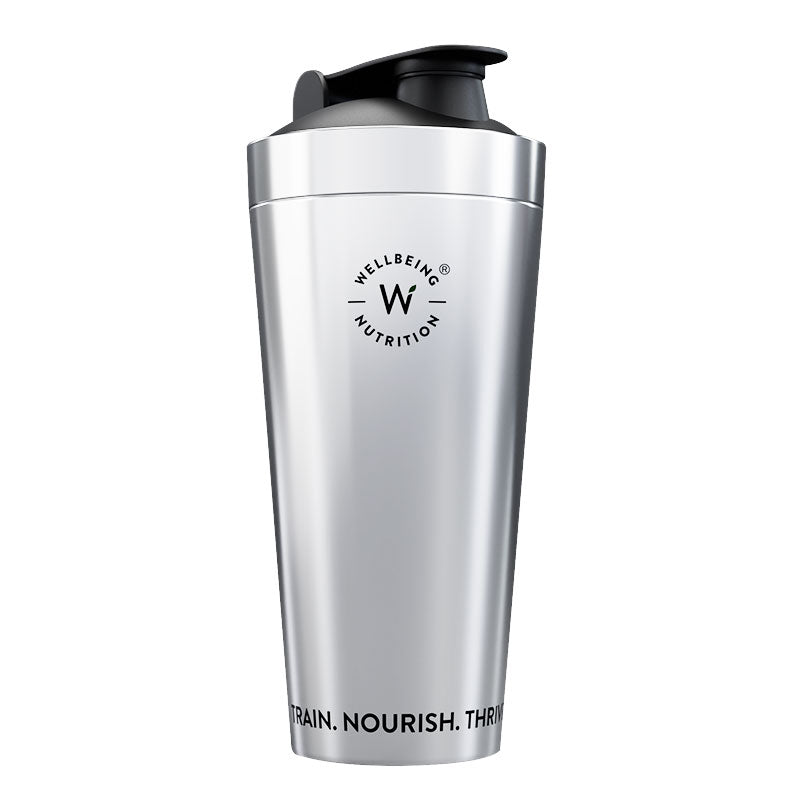




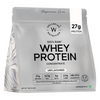
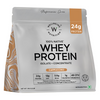
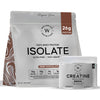







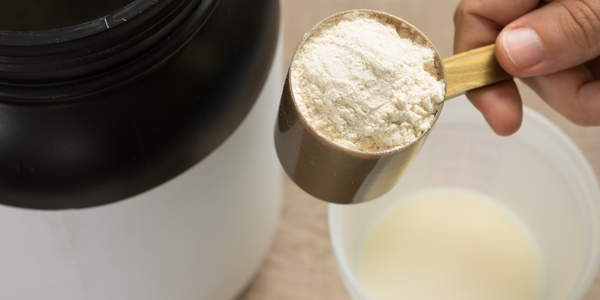


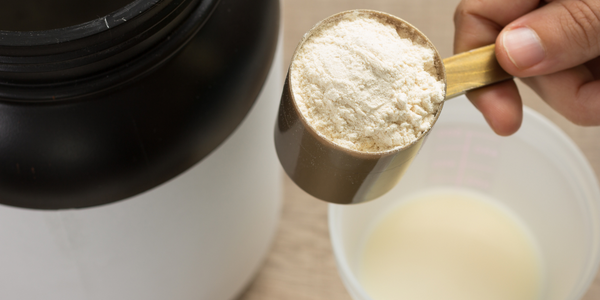










 DOWNLOAD NOW
DOWNLOAD NOW
